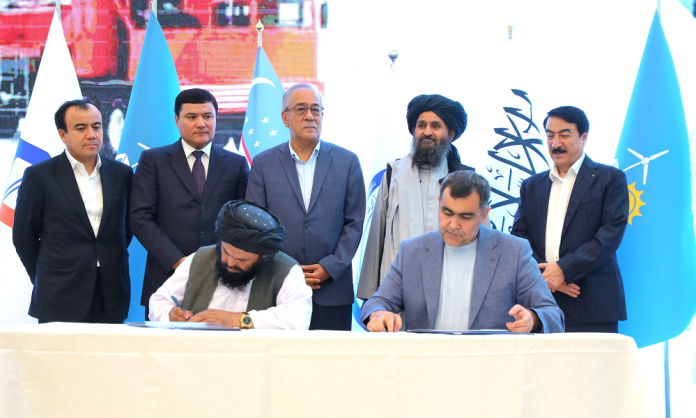A major gas exploration and extraction project has officially begun in the Totai gas fields in northern Afghanistan, marking a significant step in Afghanistan’s economic development, reported Ariana News on September 14.
At the inauguration ceremony, Mullah Abdul Ghani Baradar, Deputy Prime Minister for Economic Affairs of the Islamic Emirate, described the project as a “crucial step toward advancing investment and economic growth” in the country.
He emphasised that the initiative will play a vital role in meeting Afghanistan’s domestic demand for natural gas, reducing dependence on imported energy, and ultimately paving the way for exporting clean energy to regional markets.
“The Islamic Emirate is committed to providing all necessary facilities and incentives for both domestic and foreign investors,” Baradar said, urging international partners to explore Afghanistan’s untapped opportunities.
He added that the Totai gas project is expected to generate thousands of jobs for Afghan youth while helping to balance foreign trade.
The Deputy Prime Minister also called on contracting companies to operate in line with international standards and best practices to ensure the highest quality and sustainability of work.
The Ariana News report added that the Totai gas fields are found in the Amu Darya basin and span three provinces – Jowzjan, Faryab and Sar-e-Pol.
Seen as a landmark achievement, the launch of the Totai gas project underscores Afghanistan’s push toward energy self-sufficiency, economic diversification, and long-term stability.
Afghanistan holds significant untapped natural gas reserves, particularly in the northern provinces bordering Turkmenistan and Uzbekistan. Most deposits were discovered during the Soviet era in the 1960s and 1970s, when Moscow invested heavily in geological surveys and infrastructure.
Key deposits include the Sheberghan fields in Jawzjan, long regarded as the country’s main gas hub, and the Totai (Totimaidan) reserves in Faryab – now the focus of fresh exploration. Other reserves are located in Sar-e Pol and Balkh.
At its peak in the late 1970s, Afghanistan exported up to three billion cubic meters of gas annually to the Soviet Union. Production collapsed in the decades of conflict that followed, leaving most of the infrastructure outdated or in disrepair.
Today, Afghanistan’s proven reserves are estimated at 150–200 billion cubic meters, with the potential for far more. Officials view gas as a strategic resource to supply power plants, cut costly imports, and eventually position the country as a regional energy exporter.
The launch of the Totai gas project is therefore seen not only as a milestone for the north, but also as part of a broader push to revive Afghanistan’s long-dormant natural gas sector and move toward energy self-sufficiency.




